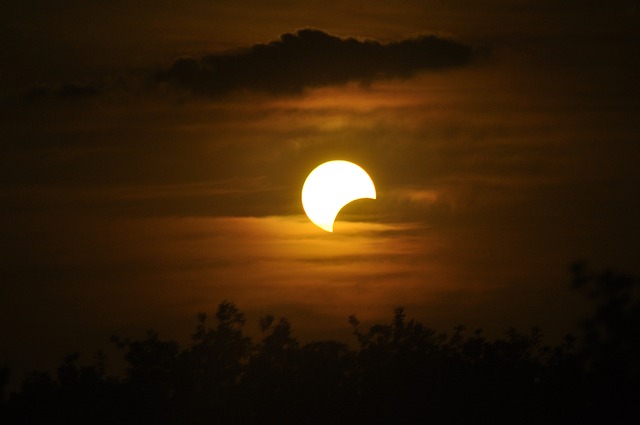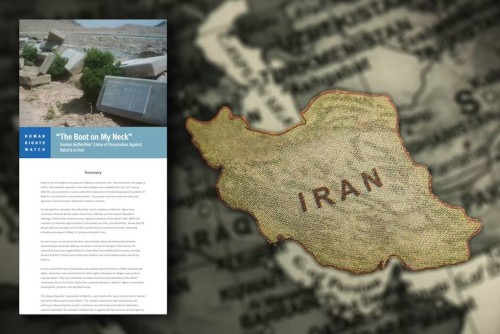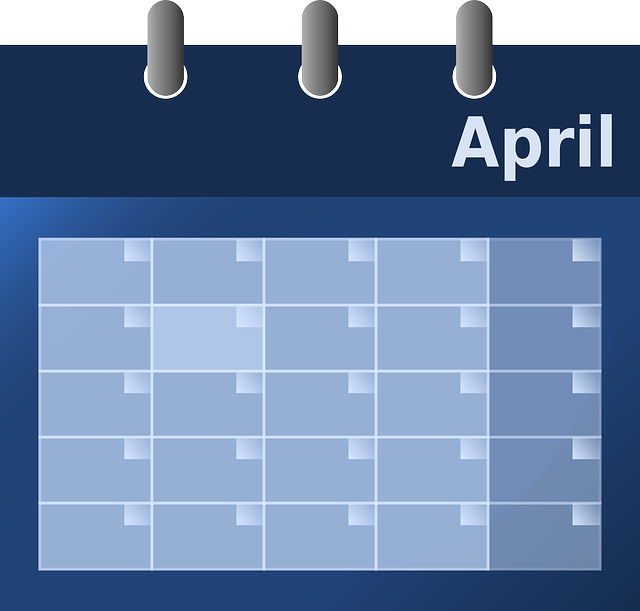The celestial ballet of a total solar eclipse is a sight to behold. Witnessing the sun’s corona, a wispy halo of plasma, emerge from behind the moon is an experience that ignites awe in skywatchers. But for the upcoming total solar eclipse gracing North America on April 8th, 2024, a dark cloud – or rather, many – loom on the horizon. Meteorologists are expressing concern about historical cloud cover patterns along the eclipse’s path, throwing a wrench into the meticulously planned expeditions of thousands of eclipse chasers.
Despite the uncertainty, the allure of witnessing totality remains strong. Millions have already booked travel and secured prime viewing locations within the path, a narrow band stretching from Mexico to Canada. This path, known as the path of totality, is where the moon completely covers the sun, plunging the landscape into an eerie twilight for a brief period. However, a cloudy sky can transform this breathtaking phenomenon into a frustrating glimpse of a celestial dance.

So, where within the path of totality can hopeful eclipse viewers find the sunniest skies? While a definitive forecast this far out is impossible, historical weather data offers some clues. According to Dr. Amelia Johnson, a climatologist at the National Oceanic and Atmospheric Administration (NOAA), “The southwestern portion of the eclipse path, encompassing parts of Mexico and Texas, boasts a statistically higher chance of clear skies compared to the northeastern regions.” This aligns with the typical spring weather patterns, where the southwest experiences warmer temperatures and drier conditions.
Cities like Piedras Negras, Mexico, and Eagle Pass and Uvalde, Texas, emerge as potential hotspots for clear skies, with historical data suggesting a sunshine probability hovering around 59%. However, Dr. Johnson cautions, “These figures don’t guarantee a cloudless sky on April 8th. They simply represent a higher likelihood based on historical trends.”
However, as of today and for now, clouds remain most probable around the Great Lakes and Gulf Coast, with greater confidence in less cloud cover around Florida and New England. Many of the prime viewing spots of Texas through the mid-Mississippi and Ohio valleys are currently forecast to have overcast or many clouds.
The inherent unpredictability of weather adds a layer of excitement (or perhaps anxiety) to the eclipse chase. Veteran eclipse chaser, Dr. Maya Rodriguez, emphasizes the importance of flexibility. “Start monitoring detailed weather forecasts around five days before the event,” she advises. “By three days out, you should have a clearer picture and can adjust your plans if necessary. The night before, a final check on the forecast can help determine if a last-minute shift to a sunnier location is feasible.”
Several online resources can be instrumental in navigating the weather uncertainties. NASA’s Eclipse website provides an interactive map of the path of totality, allowing users to zoom in on specific locations and access historical cloud cover data. Additionally, weather service websites and dedicated eclipse chasing forums offer up-to-date forecasts and real-time discussions among fellow enthusiasts.

Beyond the southwestern hot spots, other locations within the path hold some promise. Parts of Kansas, Oklahoma, and western Missouri boast a decent historical average for clear skies during this time of year. However, Dr. Johnson warns, “El Niño conditions are predicted to persist into next spring, which can lead to increased cloud cover across the region.” So, for these areas, keeping a close eye on the evolving weather patterns is crucial.
The allure of witnessing a total solar eclipse transcends the potential for cloud cover. The brief period of totality offers a unique opportunity to observe the sun’s corona, a glimpse into the star’s powerful atmosphere. The sudden drop in temperature and the appearance of brighter stars in the daytime sky add to the otherworldly spectacle.
Even if clouds obscure the full view of the eclipse, a partial eclipse can still be a captivating sight. As the moon takes a bite out of the sun, a crescent-shaped shadow dances across the landscape, creating a mesmerizing phenomenon. Many communities along the path of totality will host viewing events, offering educational programs and expert commentary, even if a full view is elusive.
For those who have meticulously planned their eclipse expeditions, the possibility of cloud cover can be disheartening. However, with a dose of flexibility, close monitoring of weather forecasts, and a willingness to adapt, the chase for the perfect eclipse view can still be a rewarding adventure. After all, the journey itself, filled with anticipation and camaraderie amongst fellow skywatchers, adds to the magic of this celestial spectacle. And who knows, a last-minute shift in the weather patterns might just reward the determined eclipse chaser with that coveted glimpse of the corona, transforming a potentially cloudy day into an unforgettable astronomical experience.




